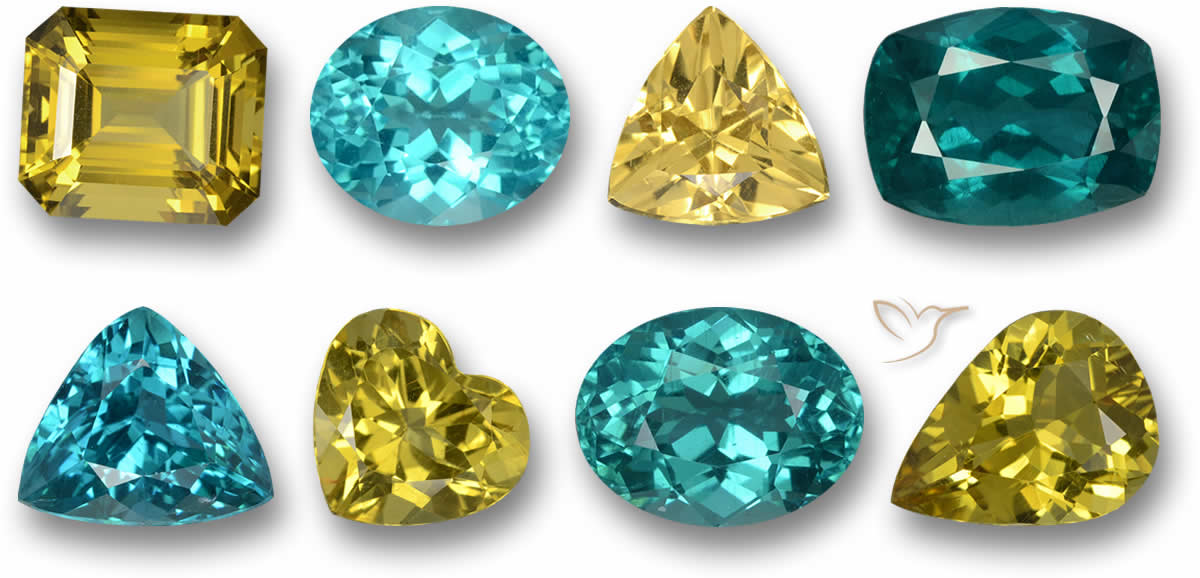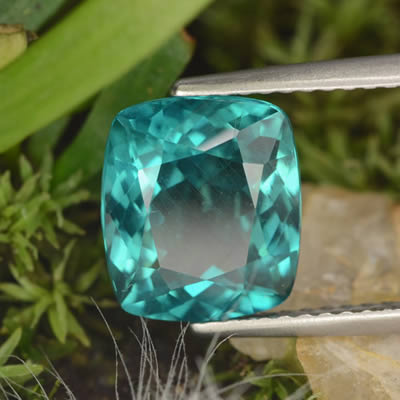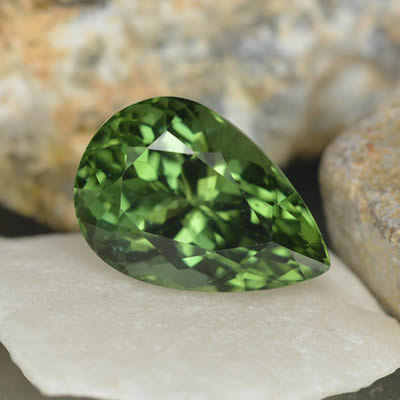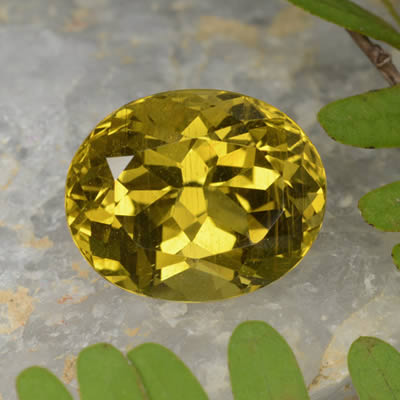About Apatite Gemstones

Introduction to Apatite
Gemstone enthusiasts often dive into the ancient legends surrounding these stones, especially stories about their potential effects on the human body. But let's get real - while those tales spark plenty of debate, apatite stands out because it actually plays a direct role in our biology. You might be surprised to learn how this mineral connects to something as everyday as your bones and teeth. If you're curious about the legendary side, explore apatite's meaning, powers, and traditional uses.
Colors and Varieties
While apatite is a common mineral overall, the gem-quality versions are pretty hard to come by. Collectors prize it for a couple of standout colors: that striking blue-green shade reminiscent of Paraiba tourmaline, and the fresh leek-green hue that once gave it the nickname "asparagus stone." There's also a super-rare deep purple type sourced from Mount Apatite in Maine, USA - talk about a fitting location!



Mineral Composition
From a mineralogy perspective, apatite refers to a group of phosphate minerals, such as hydroxylapatite, fluorapatite, and chlorapatite. These differ based on the levels of hydroxide, fluorine, or chlorine ions in their structure. Hydroxylapatite, for instance, forms the main part of tooth enamel and accounts for about 70% of our bone material.
Industrial Uses
Rock rich in apatite serves as the primary global source of phosphorus, a key element in phosphate fertilizers. Beyond agriculture, phosphorus finds its way into explosives, fireworks, pesticides, toothpaste, and detergents - proving apatite's reach extends far beyond the gem world.
Physical Properties
Though tooth enamel ranks as the hardest substance in the human body, apatite itself isn't particularly tough compared to other gems, scoring just a 5 on the Mohs hardness scale. This makes it more suitable for certain types of jewelry, as we'll discuss next.
Jewelry Considerations
Given its relative softness, apatite jewelry typically sticks to earrings, pendants, or rings meant for occasional wear with protective settings. It's also sensitive to heat and acids, so avoid wearing it around chemicals to keep it looking its best.
Optical Phenomena
When rutile crystals form within apatite, the stone can show chatoyancy - that's the cat's eye effect - especially if cut as a cabochon. It's one of those cool features that can make a piece really stand out. For more details on this fascinating variety, check out our guide to cat's eye apatite gemstones.
Sources and Evaluation
Gem-quality apatite comes from various spots around the globe, including Burma, Brazil, and Mexico. The vibrant neon blue-green variety mainly hails from Madagascar. When assessing an apatite gem, focus on color saturation - the bolder, the better, and the higher the value. Stones larger than one carat are uncommon and fetch premium prices. Clean specimens without inclusions are rare, so expect some internal features in most pieces. To dive deeper into apatite specifics, explore our comprehensive apatite gemstone information resource.
Frequently Asked Questions
What makes apatite unique among gemstones?
Apatite stands out due to its direct role in human biology, forming a major component of bones and tooth enamel, unlike many other gems tied only to legends.
What colors does apatite come in?
Popular colors include blue-green (like Paraiba), leek-green (once called "asparagus stone"), yellow, and rare deep purple varieties.
How hard is apatite?
It rates a 5 on the Mohs scale, making it softer than many gems and better suited for protected jewelry settings.
Where is apatite found?
Sources include Burma, Brazil, Mexico, and Madagascar for the neon blue-green type, with purple from Mount Apatite in Maine, USA.
Is apatite valuable?
Value depends on color intensity, size (over one carat is rare), and clarity; saturated colors and larger stones command higher prices.
Disclaimer: Claims about the healing properties of gemstones are based on ancient legends and are not supported by scientific evidence. This article focuses on the factual aspects of apatite, including its mineral properties and real-world applications.

